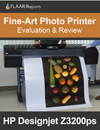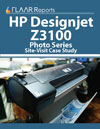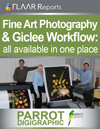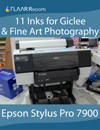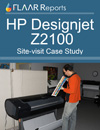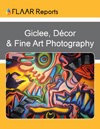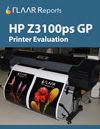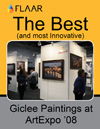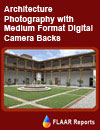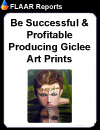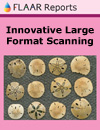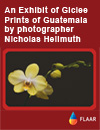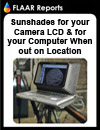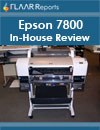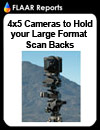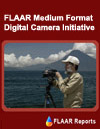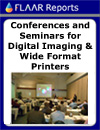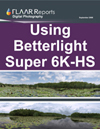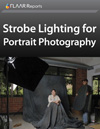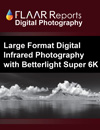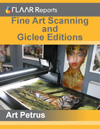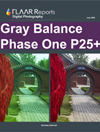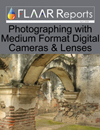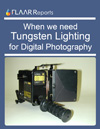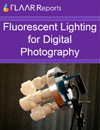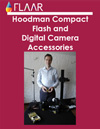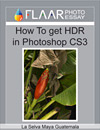Can “large-format” lenses take better photos than Zeiss for Hasselblad?
After you have already spent a lot of money to buy medium format (Zeiss) lenses for your Hasselblad, it is a tough decision to move upscale to buying large-format lenses for the same Hasselblad-size digital back. But many pros claim that a Rodenstock or Schneider lens can take a better photo with a medium format back, than can a Zeiss lens.
I have plenty of my 25-year old Zeiss lenses for my Hasselblad. The results are National-Geographic-quality (I hope so, since National Geographic published about thirteen of my photos circa 1979; though some were taken with my Leica in those years: I used both camera formats in the 1960’s through 1990). But I am always looking for a photograph that is even better, since I have available 5-meter wide printers. Yes, there are plenty of printers that can print 5 meters wide by as long as you wish. So the 5-meter dimension would be the small dimension!
To check on whether it is true that large-format lenses are better for a medium format sensor three of us went to Photokina 2010. It is ironic that our exhibit there was of panoramic photos taken with Schneider lenses and a 4x5” Cambo Ultima (with Better Light tri-linear scanning back).
Rodenstock HR Digaron-W, formerly Apo-Sironar digital
Like thousands of other photographers I have many excellent large-format lenses for my 4x5 cameras:
• Schneider Super-Angulon XL 47mm f/f.8
• Schneider SuperAngulon XL 58mm f/5.6
• Rodenstock Grandagon-N 90mm f/4.5
• Schneider SuperAngulon 120mm f/8
• Rodenstock Apo-Sironar-S 135mm f/5.6
• Schneider Macro-Symmar HM 180mm f/5.6
 |
| Rodenstok camera lense at Photokina 2010. |
 |
| Rodenstock booth at Photokina 2010. |
I have used these lenses successfully for year after year. With both 4x5 and 8x10 film cameras I have taken photos that beat most National Geographic images of Mayan temple pyramids, stone stelae or ceramic artifacts. But none of these lenses were made for digital cameras; all the lenses listed above were made two to three decades ago, for large-format film (4x5 and 8x10). So for the last several years I have been tempted to experiment with some of the more modern “digital” lenses.
So I went to Photokina 2004, 2006, 2008 and to Photokina 2010 to study what was available. By Photokina 2010 at last I found the class of digital lens that had the kind of specs that looked good. I then contacted Rodenstock and they responded in a hospitable manner. So now I am taking a closer look at Rodenstock digital lenses.
There are four “wide angle” lenses in the Rodenstock digital lens lineup
• HR Digaron-W 40mm f/4• HR Digaron-W 50mm f/4
• HR Digaron-W 70mm f/5.6
• HR Digaron-W 90mm f/5.6
Now there is a 32mm added to the HR Digaron-W series.
Rodenstock HR Digaron-W 32 mm f/4
The HR Digaron-W 32mm f/4 lens is completely new in every aspect. This is not an old large-format lens merely rebranded as a “digital lens.”
This would be equivalent roughly to a 21mm lens on a 35mm DSLR. There is no need to provide charts here. What counts is very simple: when I use this lens on my new Cambo Wide DS, will the resulting photo knock my socks off. Yes or No? As soon as we can obtain delivery of this lens, we will be able to report to our 435,000 readers of this web site. The lens has proven so popular that it is in short supply.
Qioptic, as in “Key Optic”
First the name was Rodenstock, then for several years the company named themselves Linos, and now the corporate parent is Qioptic. I can’t either spell or pronounce it, neither in English nor auf Deutsch, so I nickname it “Key Optic.” Fortunately they also kept the name Rodenstock, since it is Rodenstock that is the prestige brand name.
Schneider and Rodenstock digital lenses for architectural cameras
Today these Schneider and Rodenstock lenses are perfect for the 6x9cm versions of large-format cameras. I call these cameras large-medium format. These cameras are perfect for architecture:
• Cambo Wide DS• Cambo Wide RS
• Arca-Swiss Rm3d1
• Sinar arTec
• Alpa various models
Of course you can also use a Linhof and Silvestri camera body but the Cambo Wide RS and DS, Arca-Swiss Rm3d1, and Sinar arTec are made specifically as an architectural camera.
Since Qioptic (Rodenstock) was hospitable when I asked for a meeting in Munich and since I never had any issues with my Rodenstock lenses in years of use, I decided to select Rodenstock lenses to evaluate. Frankly when I asked around about digital lenses, it was clear that Rodenstock had made the effort to engineer lenses especially for the digital sensors of today. I did not want a lens made for a medium format sensor of the kind that was popular at Photokina 2000 or Photokina 2002.
 |
| Rodenstock booth at photokina 2008. |
First posted December 21, 2010
Free Reports (Inquiry Form)
Additional links of our FLAAR sites |
| Rigid Printable Materials |
| Printing on Glass |
| Sandwich board for recyclable furniture! |
| Metallic Effects |
Free Download Reports
| Home | About Us | Consulting | About FLAAR Reports | Site Map | Privacy Statement | back to top | |||||
|
|||||||||||
www.digital-photography.org is part of the FLAAR network © 2001-2021. If you notice a bad link, missing photos, misspellings, please report to the webmaster: |
|||||||||||

